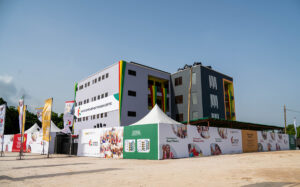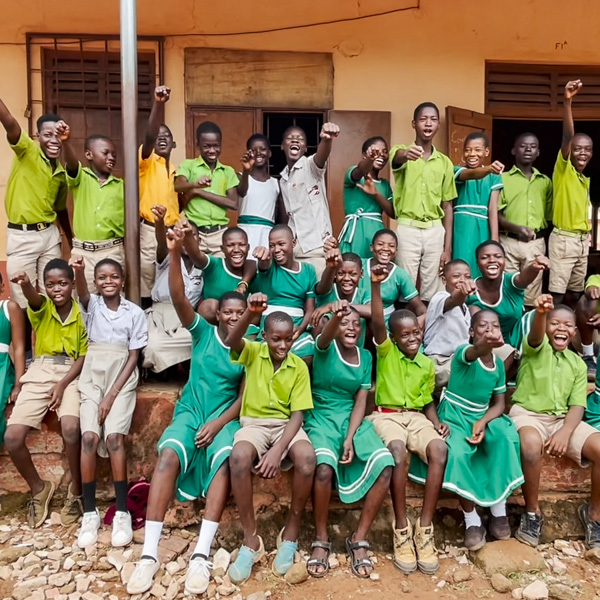The Kayaye Crisis: Why Skills Training and Accommodation in Accra Are Not Enough
The phenomenon of kayaye, female head porters who migrate from the north of Ghana to the southern cities, is a glaring issue that continues to grow. HEP has worked first-hand with kayaye women and girls and their families in the northern villages. Owing to the migratory nature of the work, kayaye are especially vulnerable to labour trafficking, sexual exploitation, human trafficking and sex trafficking. According to the Kayaye Youth Association in Agbogbloshie, Accra, some kayaye are now as young as 6 years old.

In the run-up to December’s election, Vice-President Dr. Mahamudu Bawumia inaugurated two newly built kayaye hostels in Madina and Ashaiman in Accra. He launched the Kayaye Empowerment Programme aimed at “empowering” 5,000 of the estimated 100,000 kayaye. This includes skills training and monthly stipends of GHS 1,000 during re-training.
These new measures, launched by a man born and raised in Tamale, fail to address the root causes driving young girls and women south from the northern regions. These girls and women are compelled to migrate due to a severe lack of opportunities in northern Ghana.
Understanding the Migration Dynamics
Kayaye predominantly originate from the Northern, Upper East, and Upper West regions, driven south by:
- Lack of Educational Opportunities: Poor academic performance and high school fees push many to seek work.
- Economic Hardship: Unpredictable rainfall and poor agricultural yields make subsistence farming unsustainable.
- Social Factors: Issues such as forced marriage and abusive family dynamics play a critical role.
- Gender Inequality: Young women are seen as not worth educating as they will marry and leave their families for their husbands family.
- Climate Change: As crops fail and yields decrease young girls and women are being monetised. Kayaye work brings quick cash into the family although the phenomenal rise in kayaye numbers and worsening economic conditions has meant the returns from this work are diminishing.
These are some of the push factors of kayaye. The solutions rolled out this week merely reinforce and expand the pull factors of the kayaye migration.
Why Current Interventions Miss the Mark
While providing skills training and accommodation in Accra seems beneficial, it inadvertently acts as a magnet, drawing more girls and women to the city. These measures do not tackle the systemic issues in the north that force these women to migrate. Women and girls need support in their home regions to prevent their migration south where they encounter perilous life, largely sleeping on the streets and in the markets.
The Need for Northern Interventions
Effective interventions must focus on the northern regions:
- Educational Investments: Provision of zero-cost education, scrapping the compulsory uniform requirement and the provision of free books and writing materials. Improved educational infrastructure to ensure girls can attend and stay in school.
- Economic Development: Creating local job opportunities through skills training tailored to the northern market, such as agribusiness and local crafts.
- Social Support Systems: Addressing family dynamics and providing support against forced marriages, gender inequality and abusive relationships.
- Community Education and Sensitization: Working with local communities, including men, to involve them in solutions to the kayaye phenomenon.
A Holistic Approach
A holistic approach at source, including community involvement and addressing economic, educational, and social factors, is crucial. Local leaders, including faith and traditional leaders, must raise awareness about the harsh realities of kayaye work, the dangers young girls and women face daily, and the importance of education and local employment opportunities. Most of all, effective solutions should be implemented in the north to address the push factors, not gilding the pull factors with expensive and ineffective gesture-schemes.



